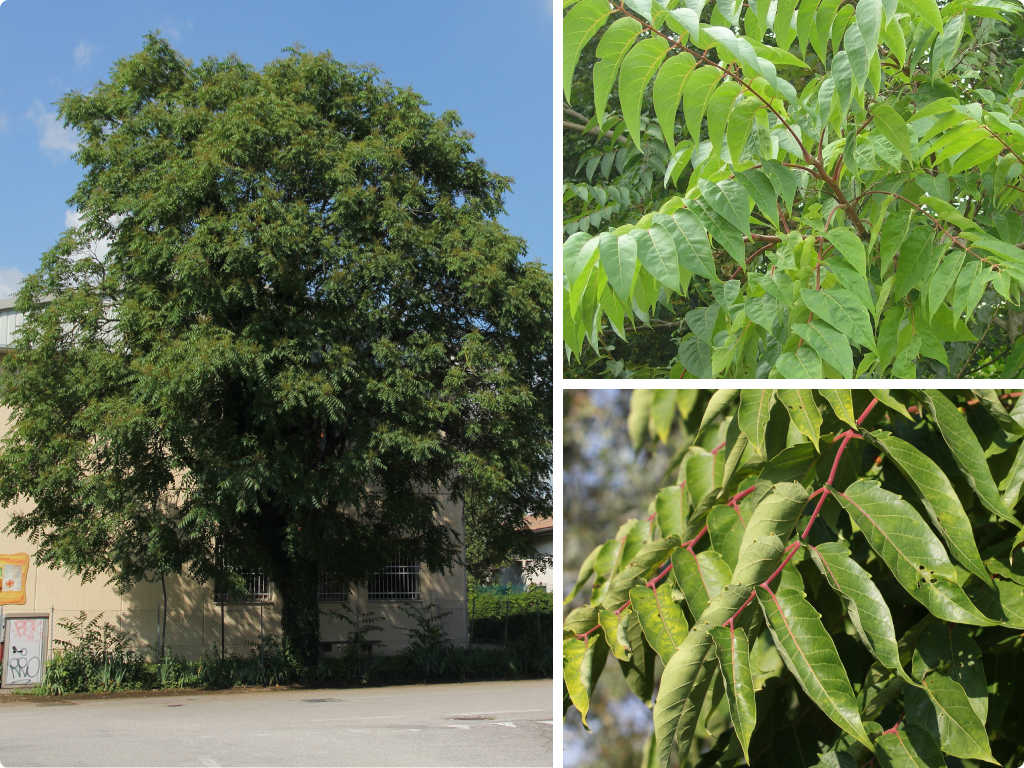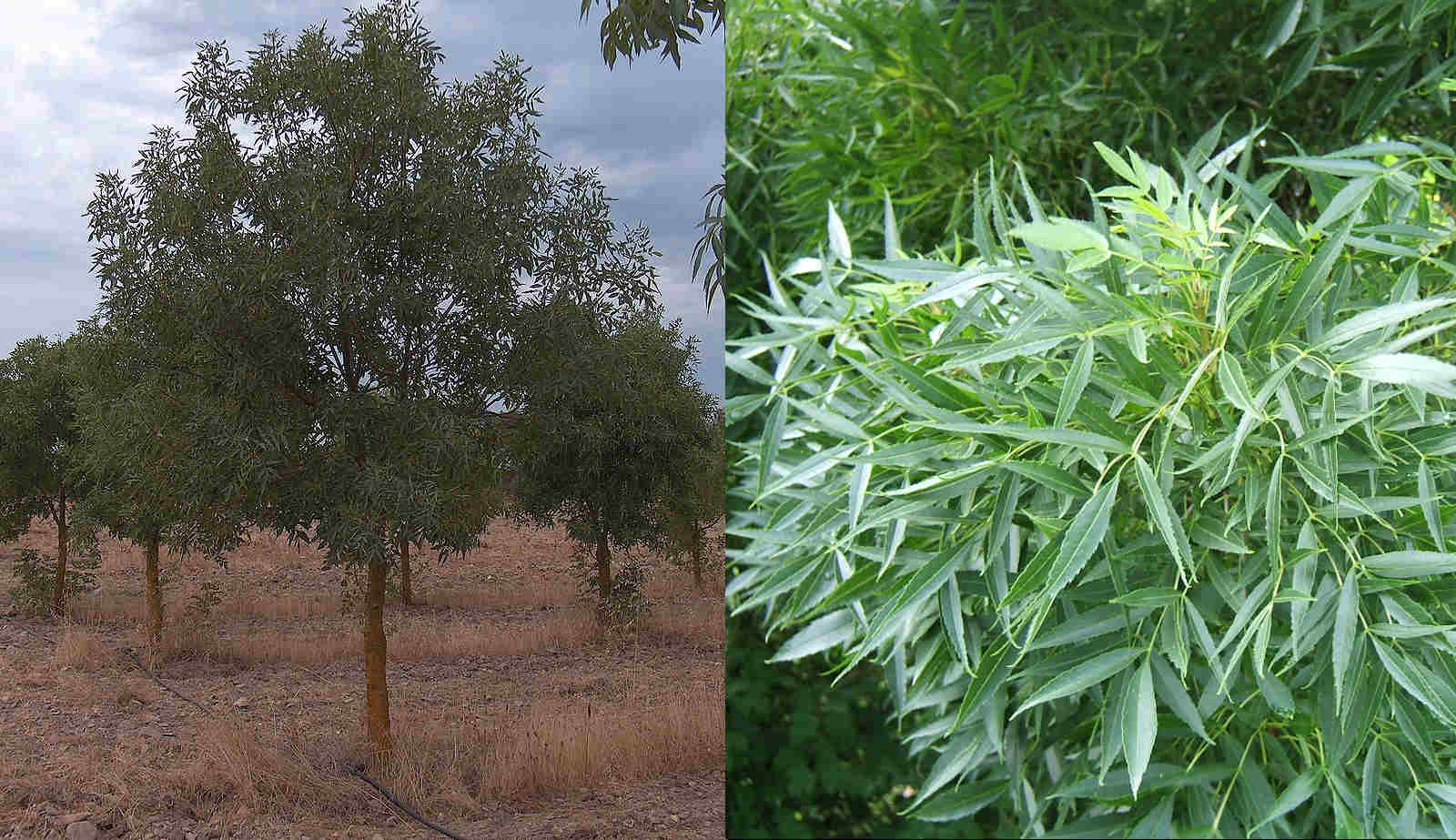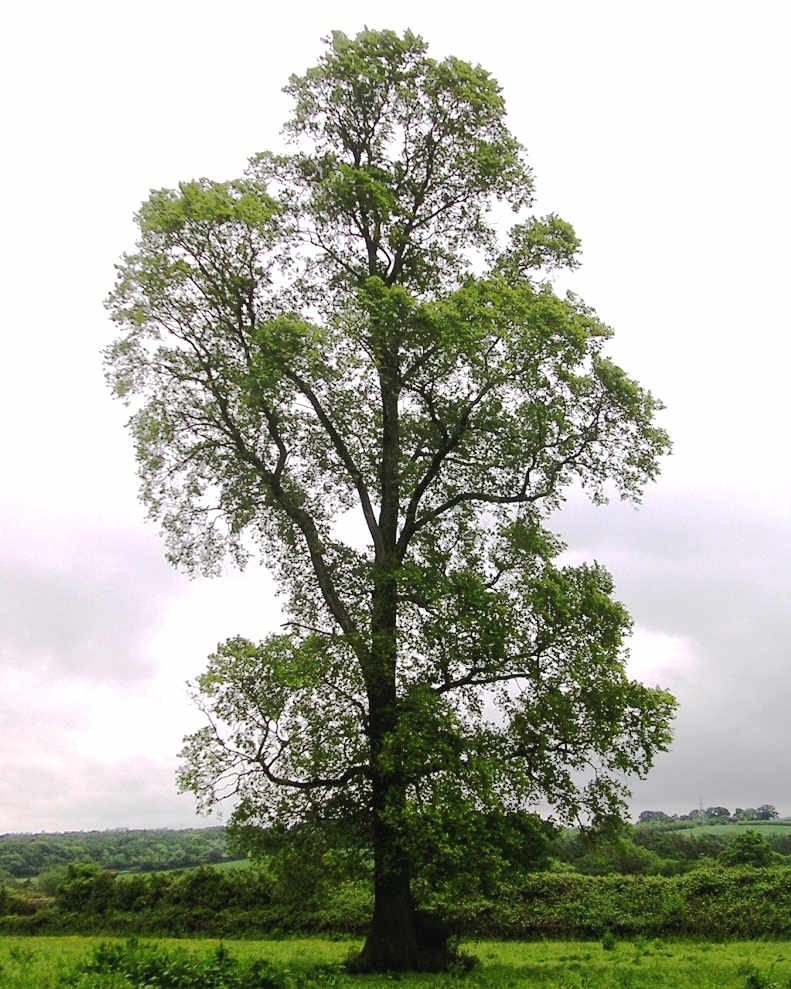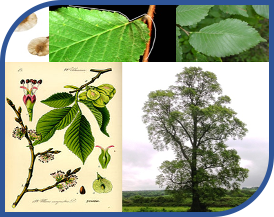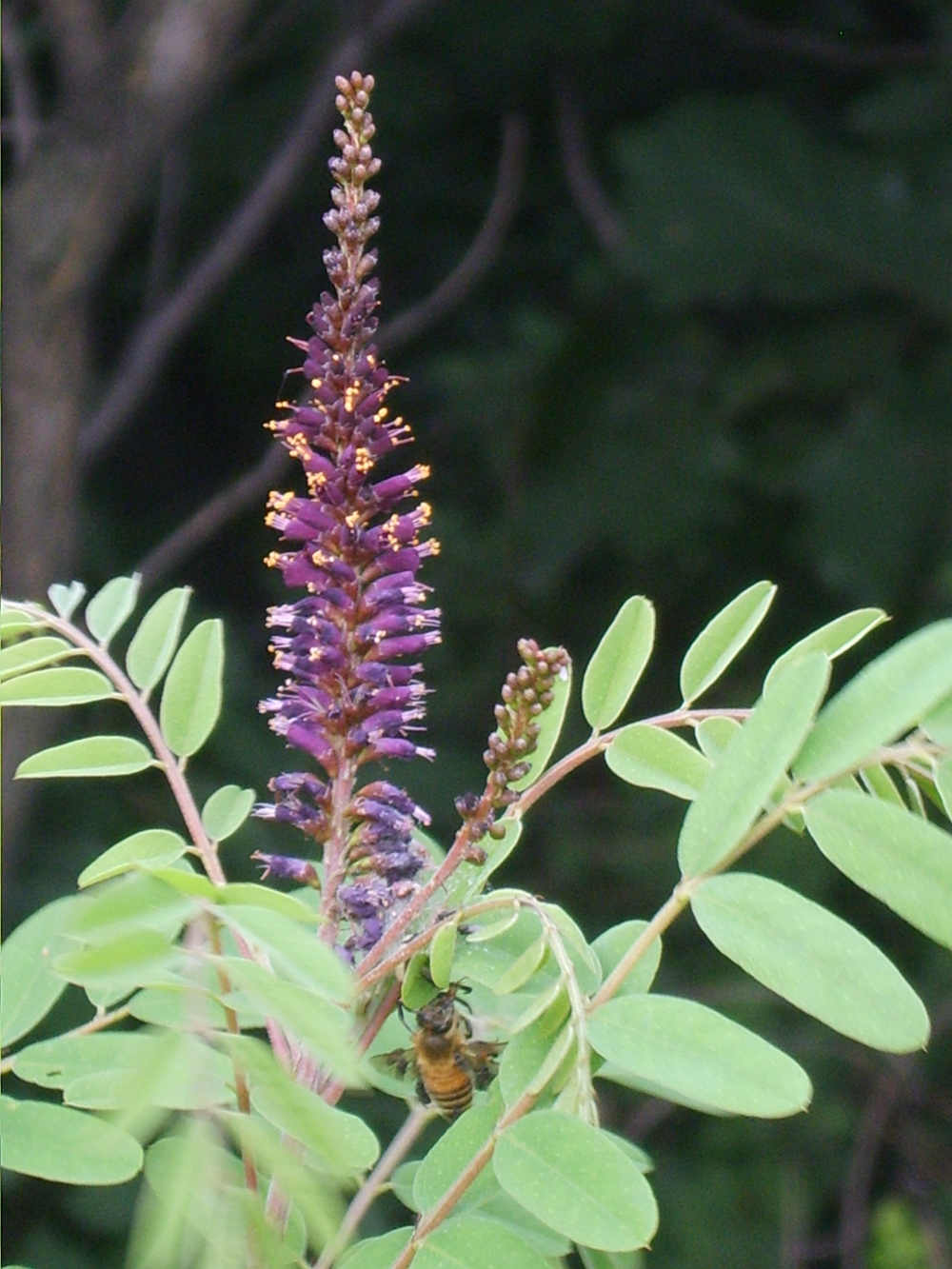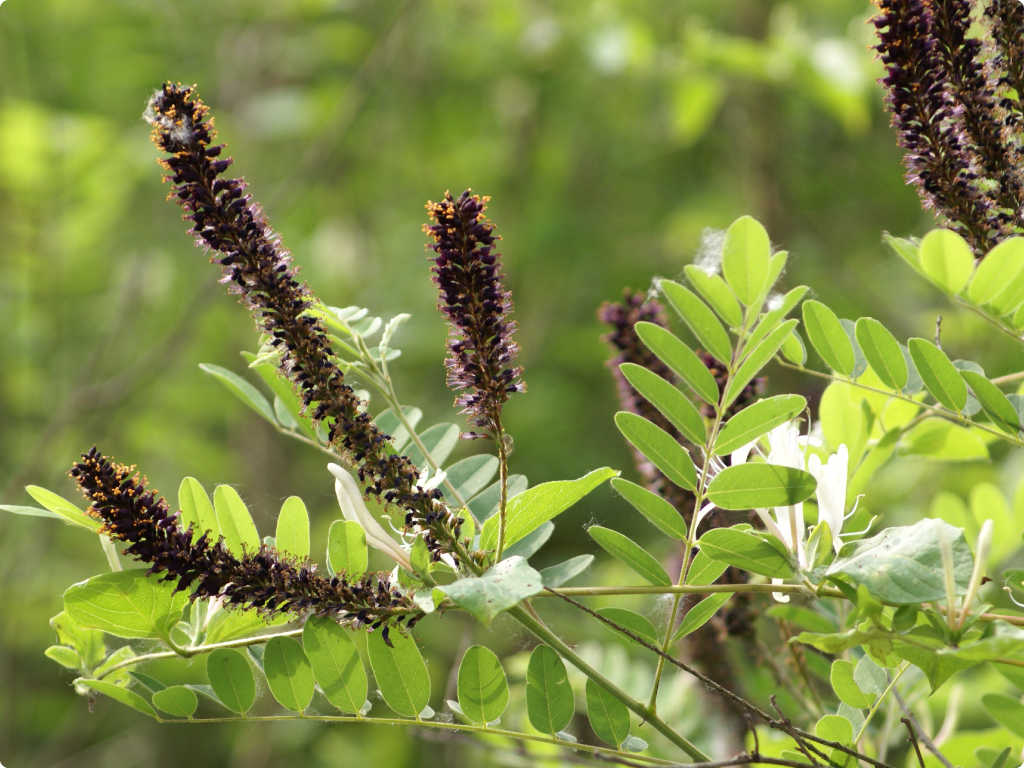Riparian vegetation
The bands of riparian vegetation (arboreal, shrubby or herbaceous) play such an important role that they become inseparable from the river. When left to their natural dynamics, these environments are characterized by their remarkable dynamism and heterogeneity of habitats, and are able to support a high biodiversity. Periodic floods are exploited by aquatic and terrestrial organisms to increase diversity and productivity; they are, in fact, generally more productive environments then their surrounding territories.
The plants are selected mainly by the water regime that affects soil texture, water availability and nutrient replenishment. On the edge of the shore, sometimes preceded by populations of herbaceous plants and marsh reeds immersed in water, we almost always find thick bushes of shrubby willows (Salix cinerea, Salix purpurea and Salix eleagnos) followed by a row or two of Poplars (Populus nigra) and tree willows (Salix alba). These forest groups, along with the alder wood in the finer soils, typical of the riparian areas, gradually turn into mature woods composed of ash trees, elms, rural maples, oaks, hornbeams etc
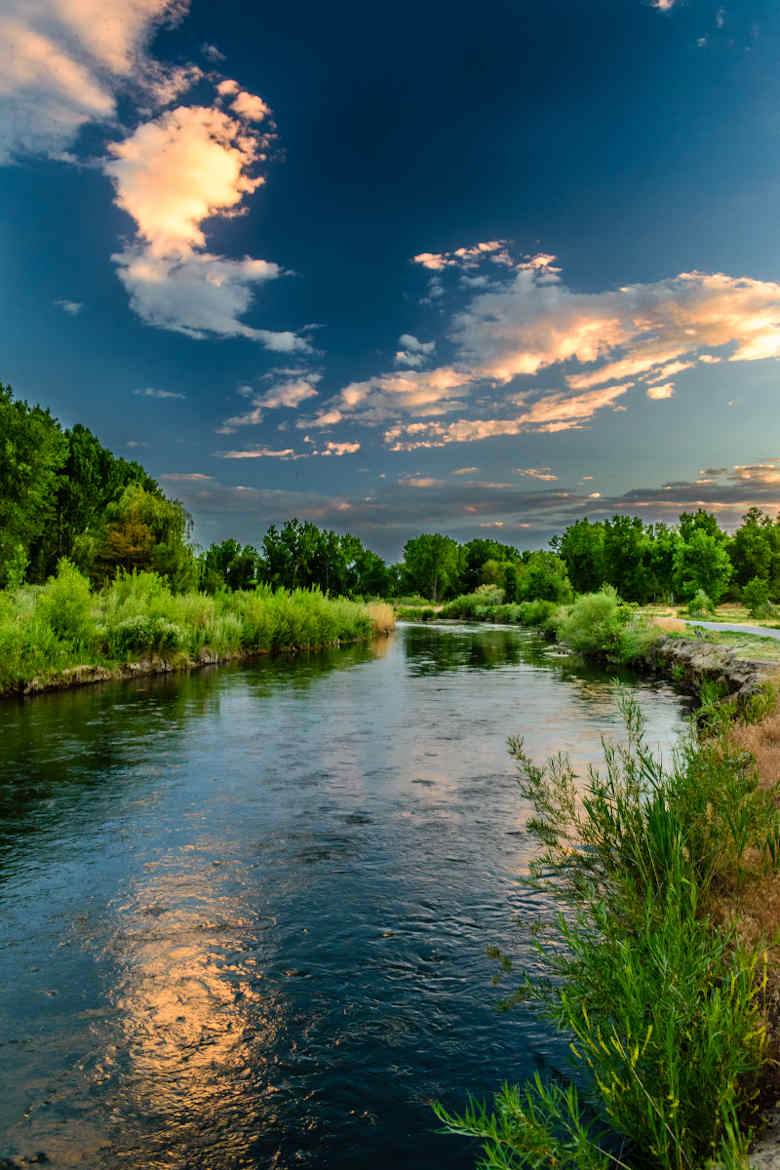
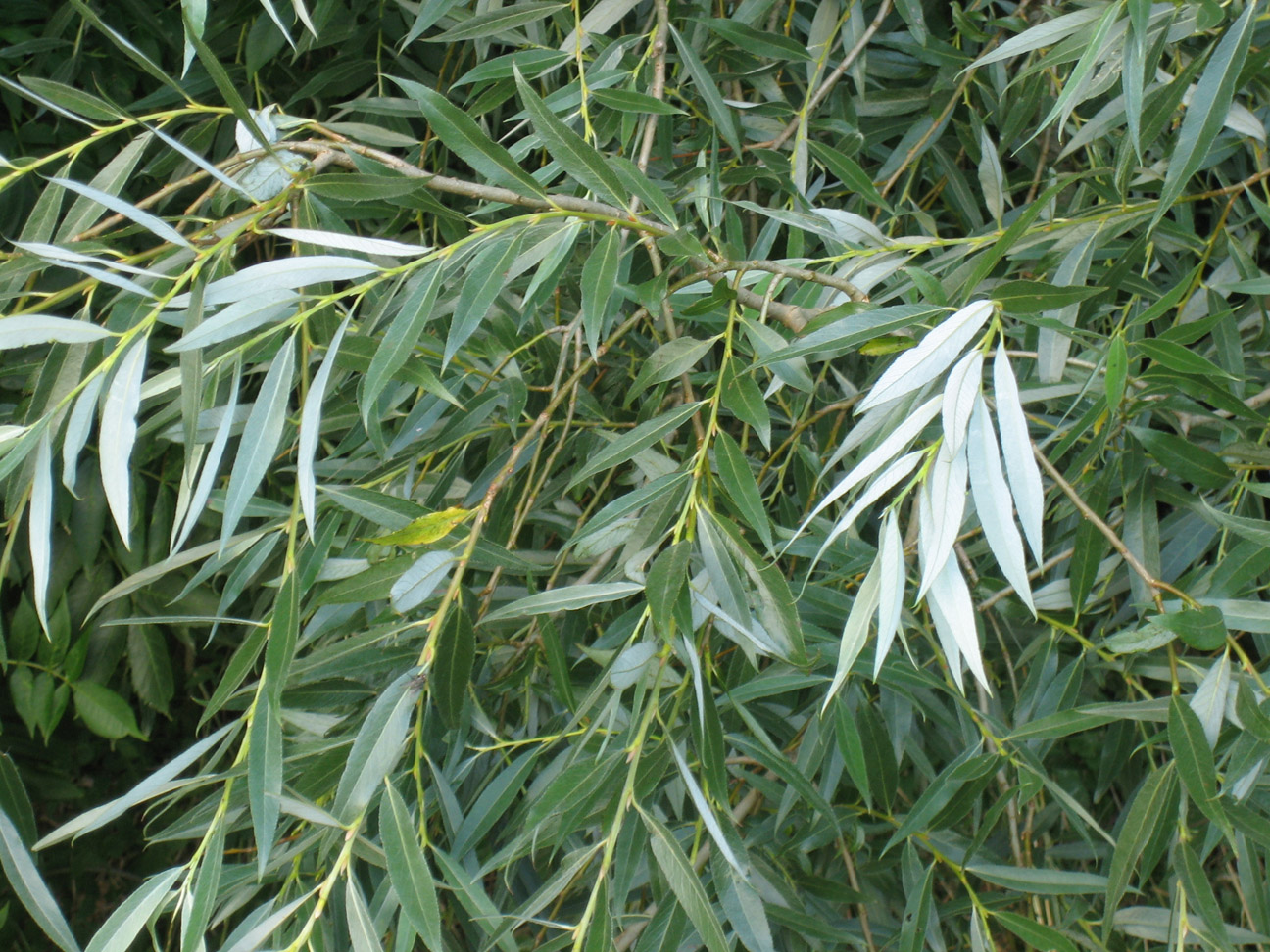
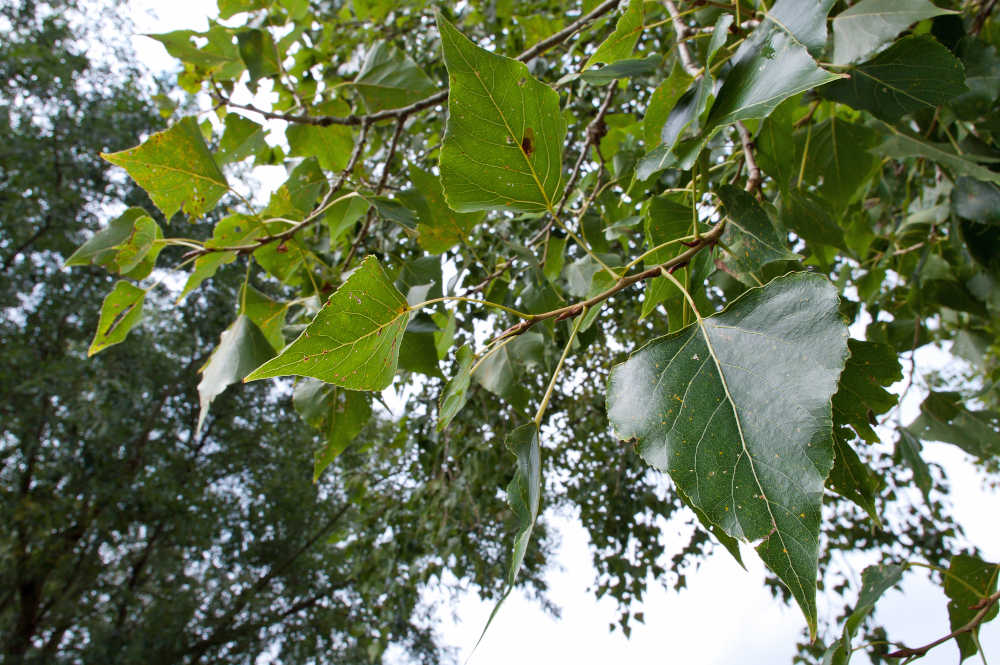
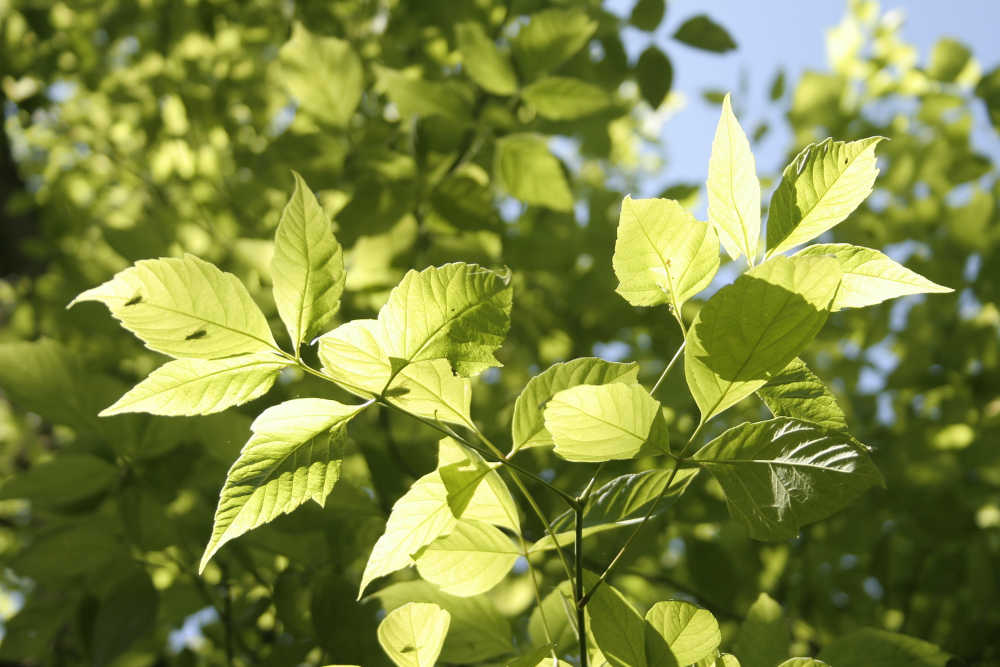
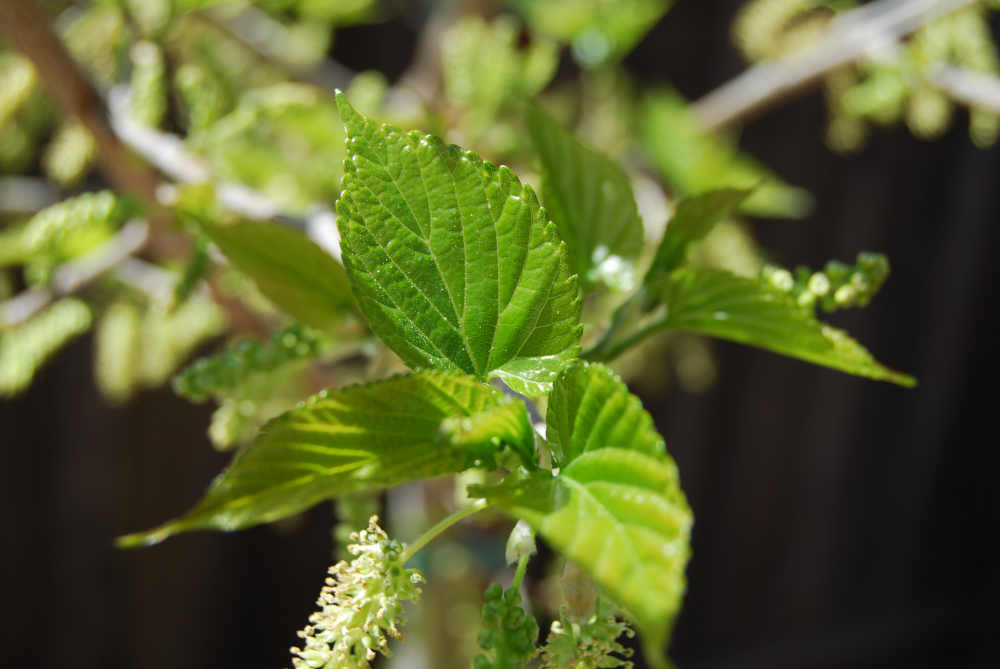
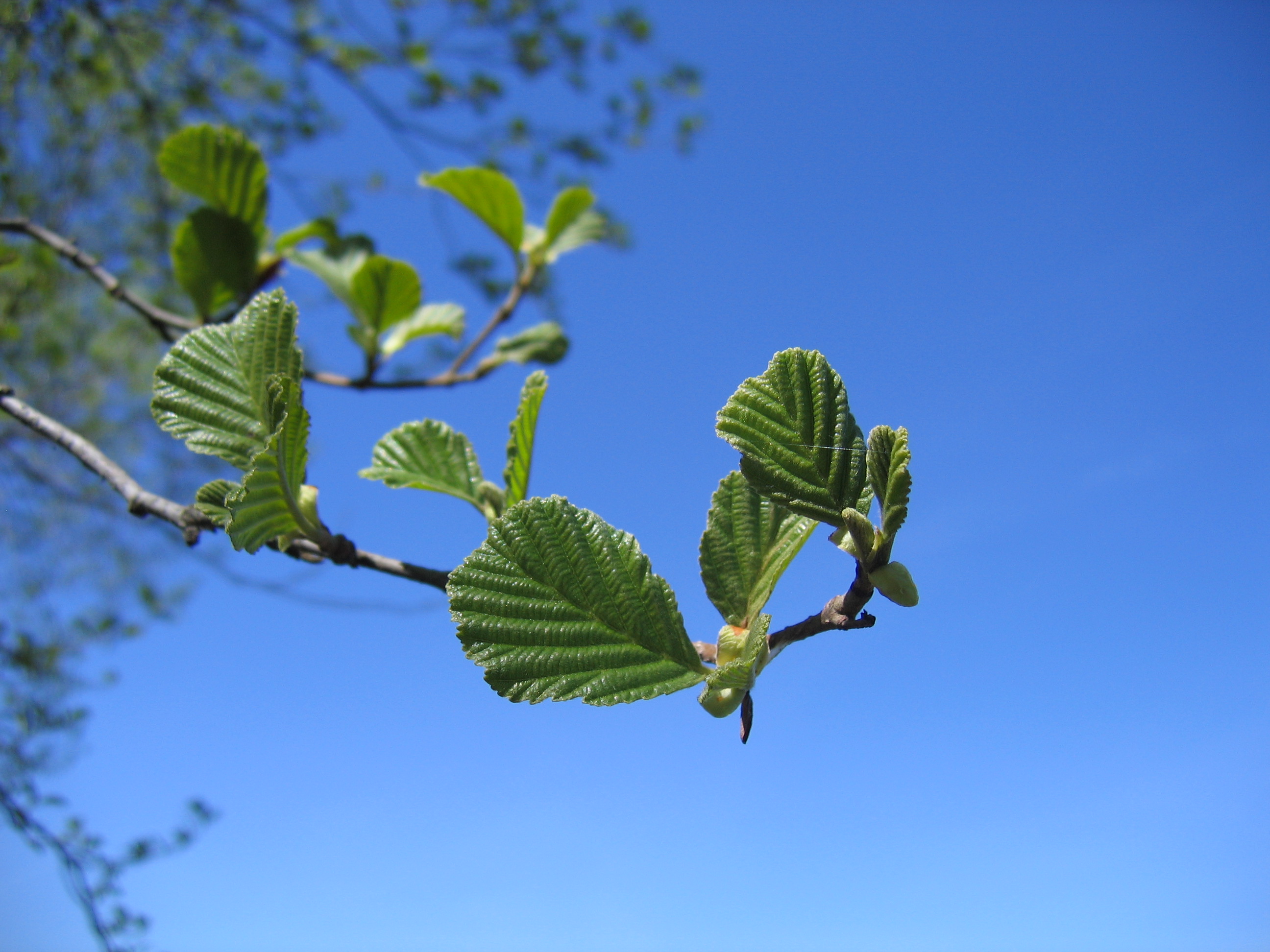
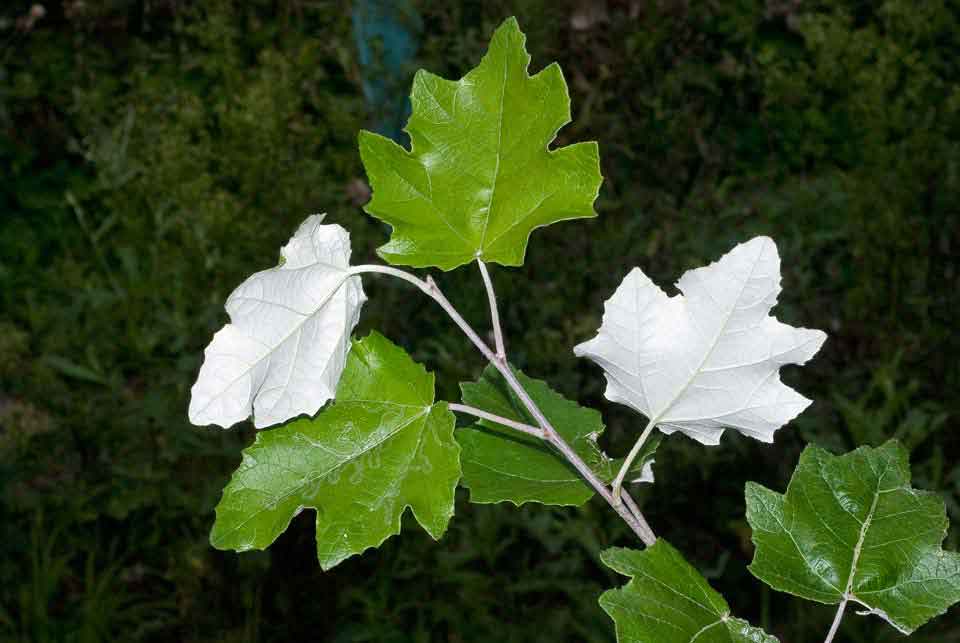
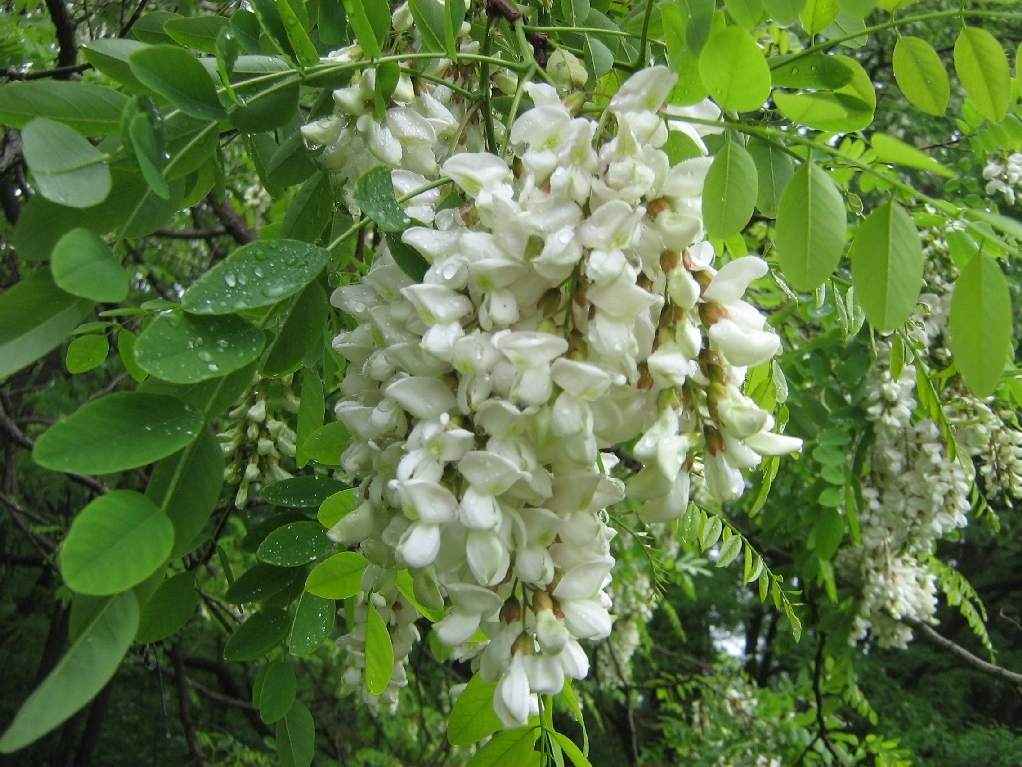
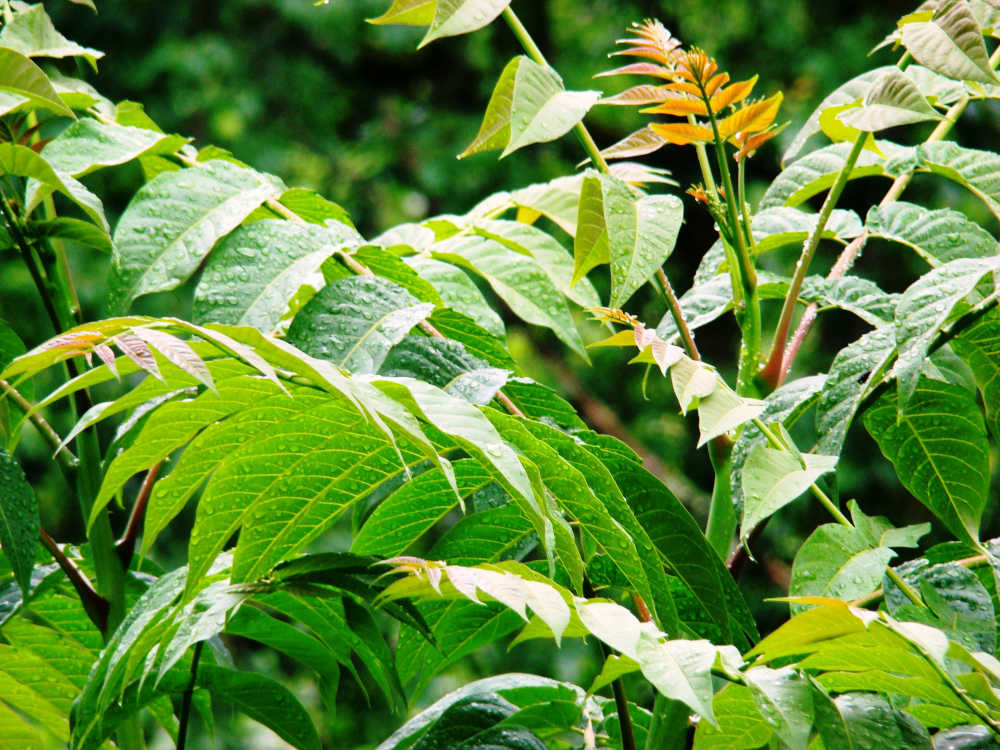
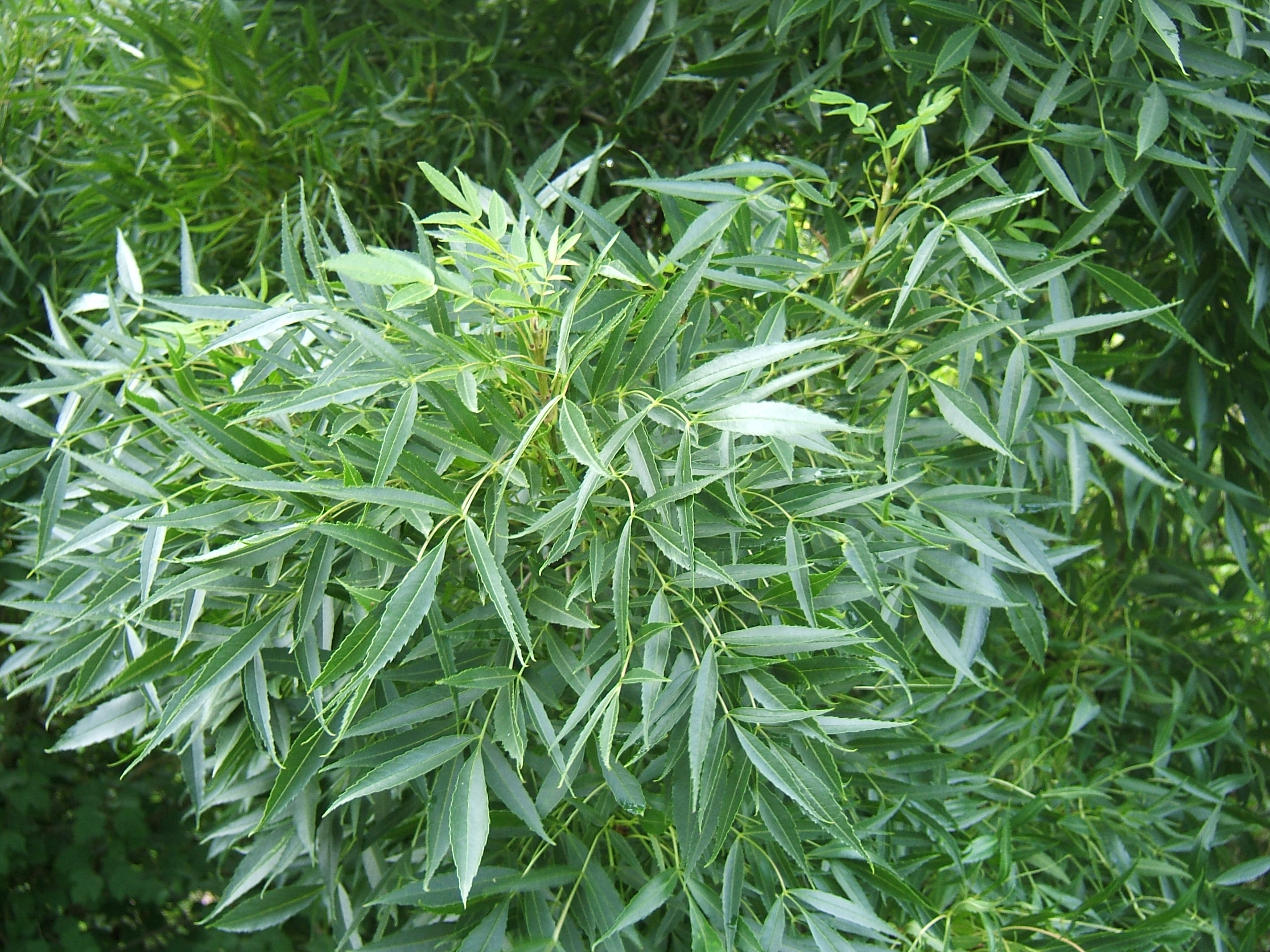
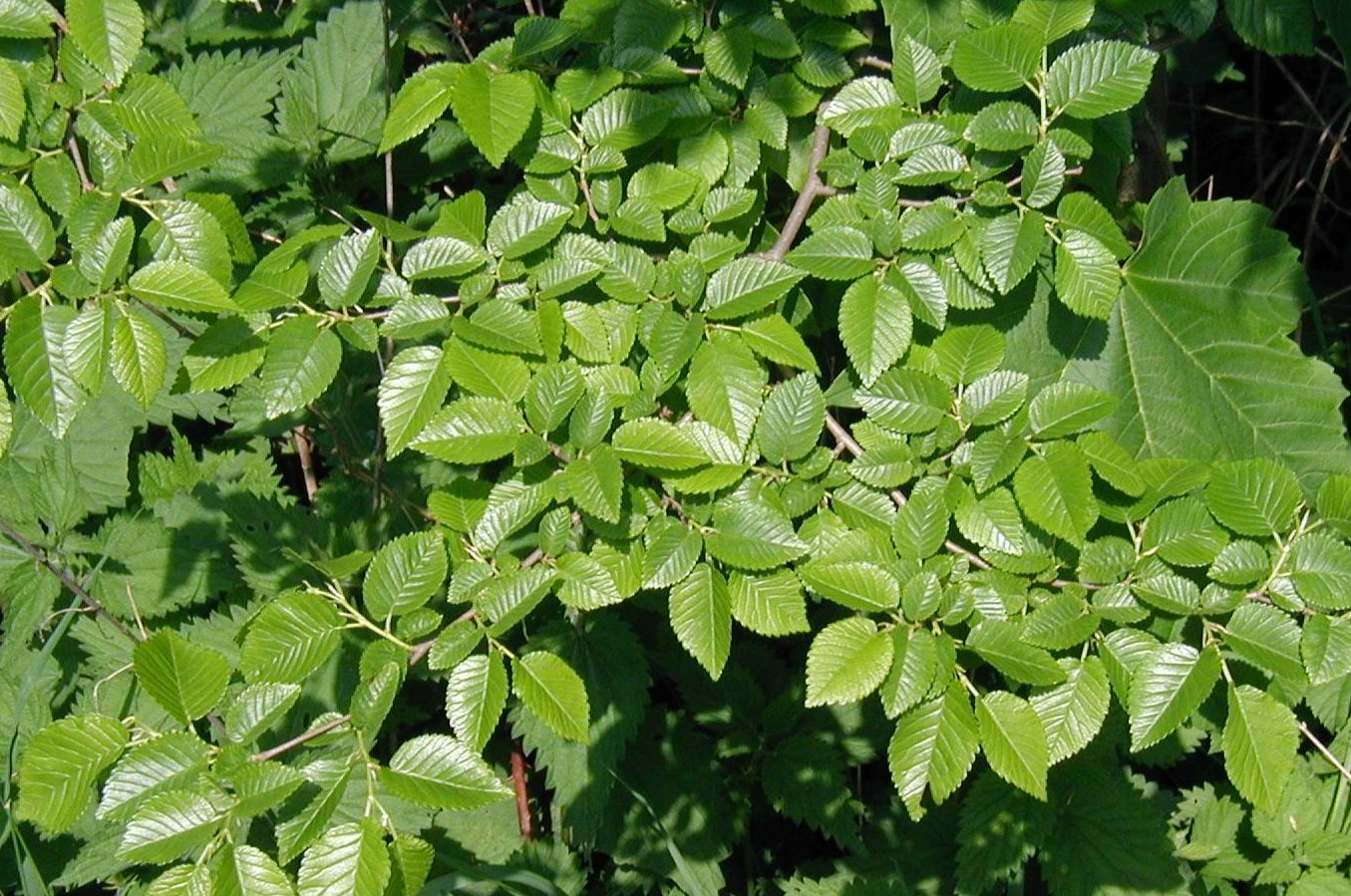
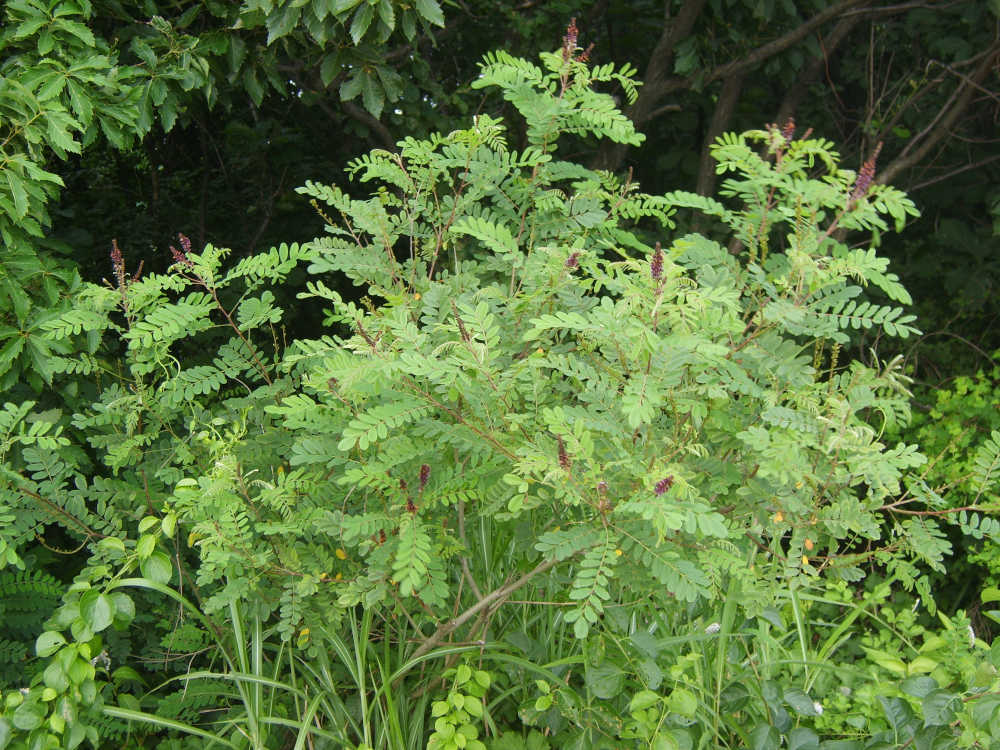
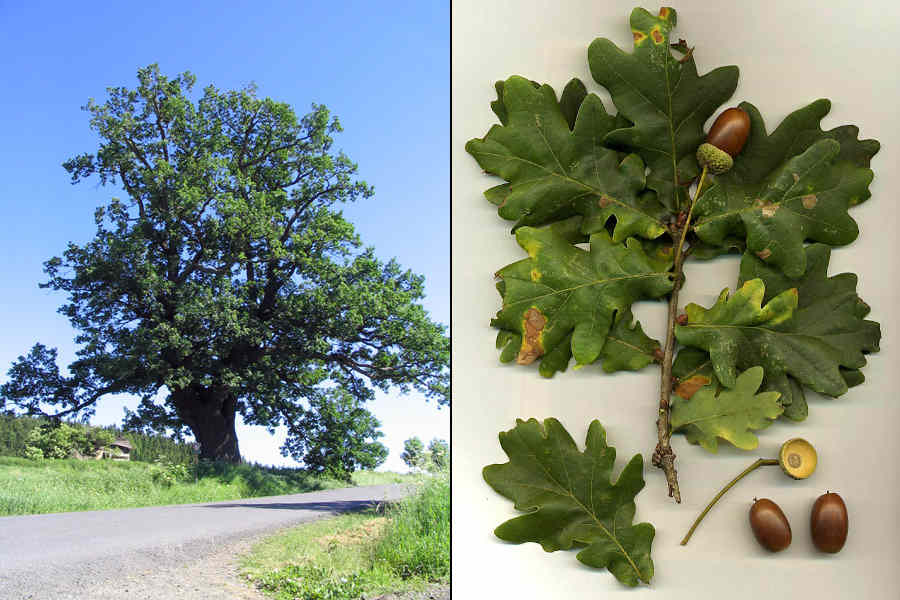
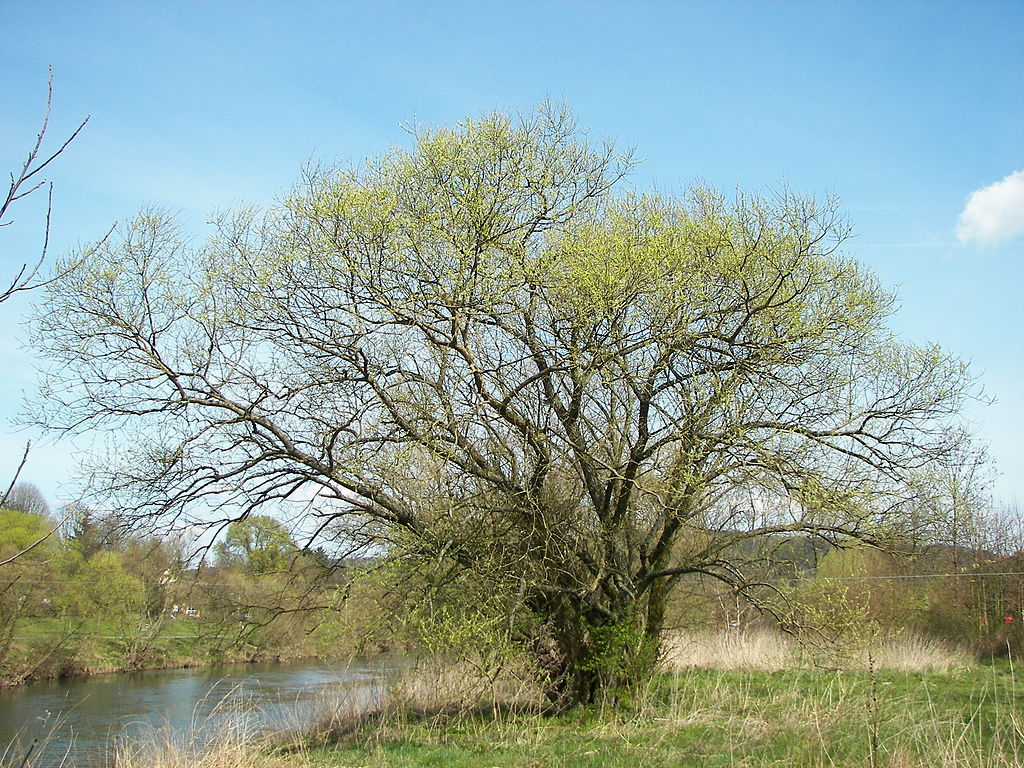
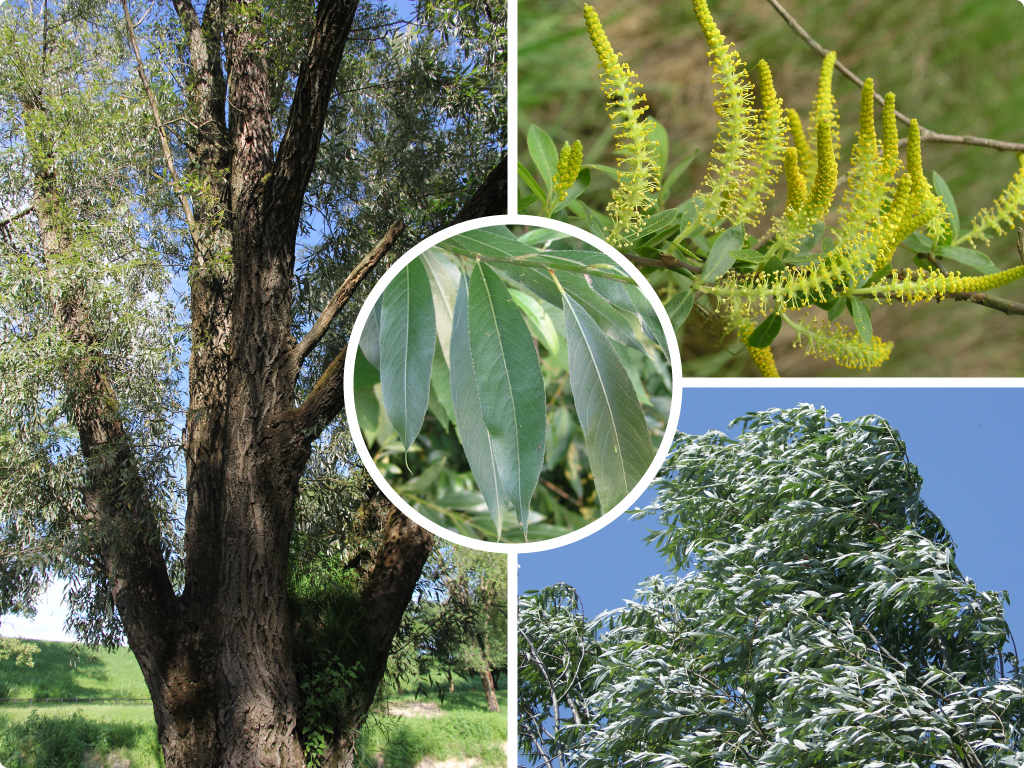
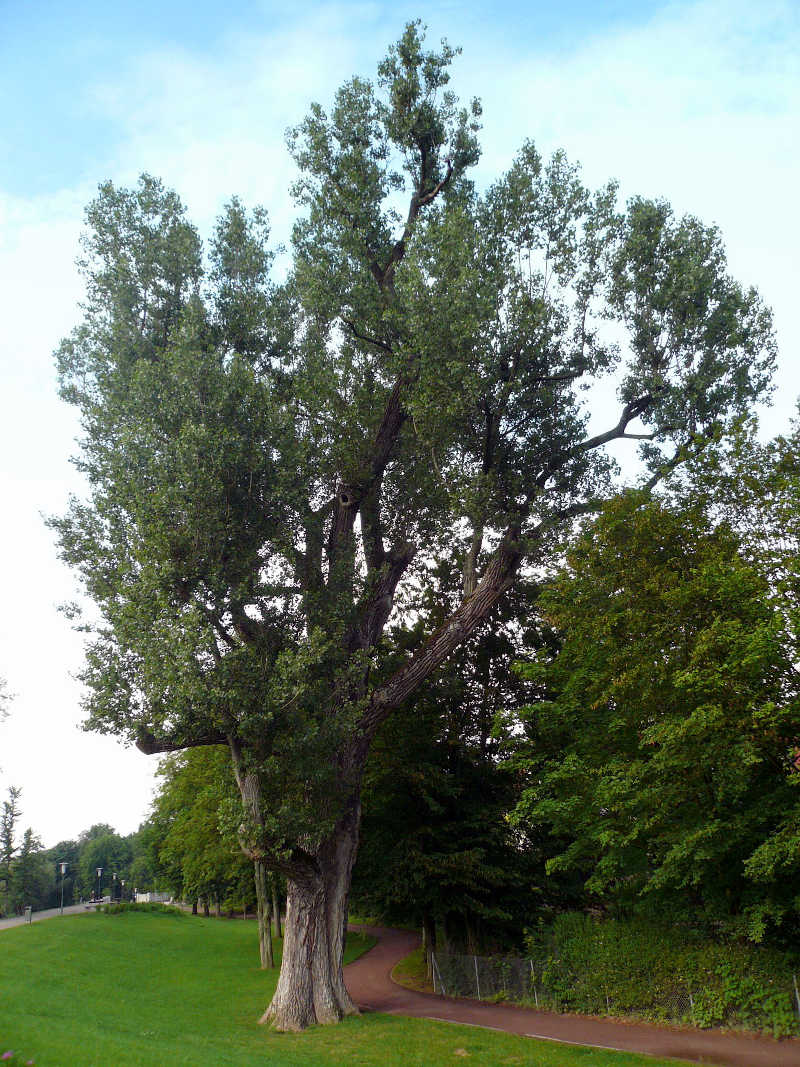
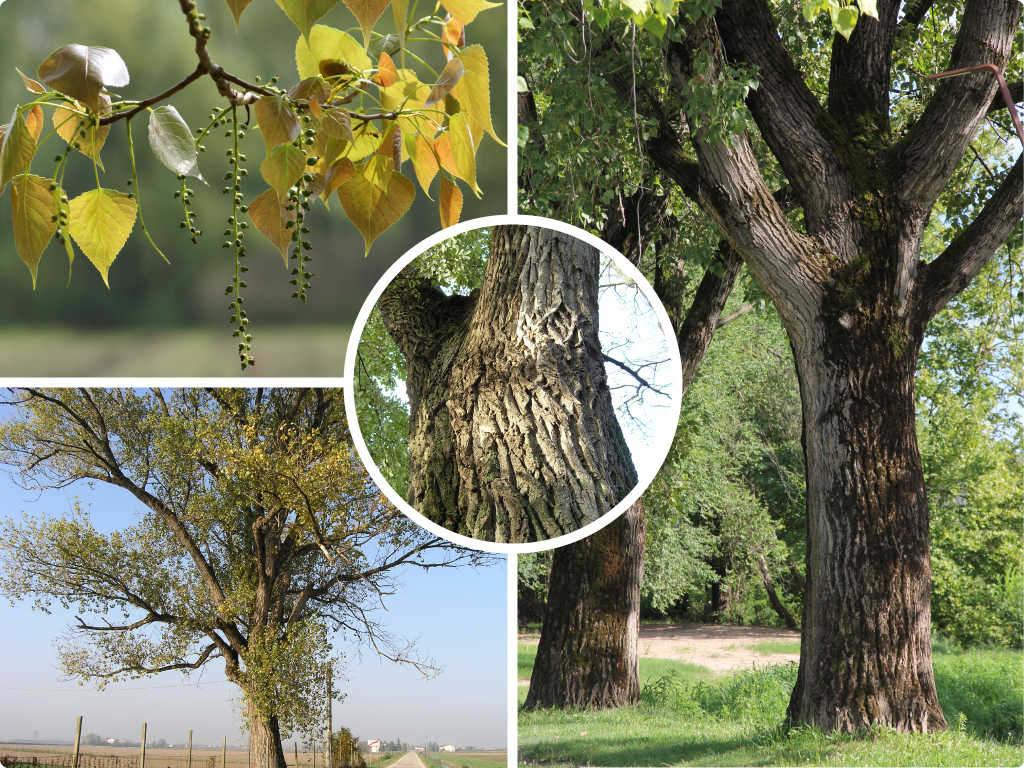
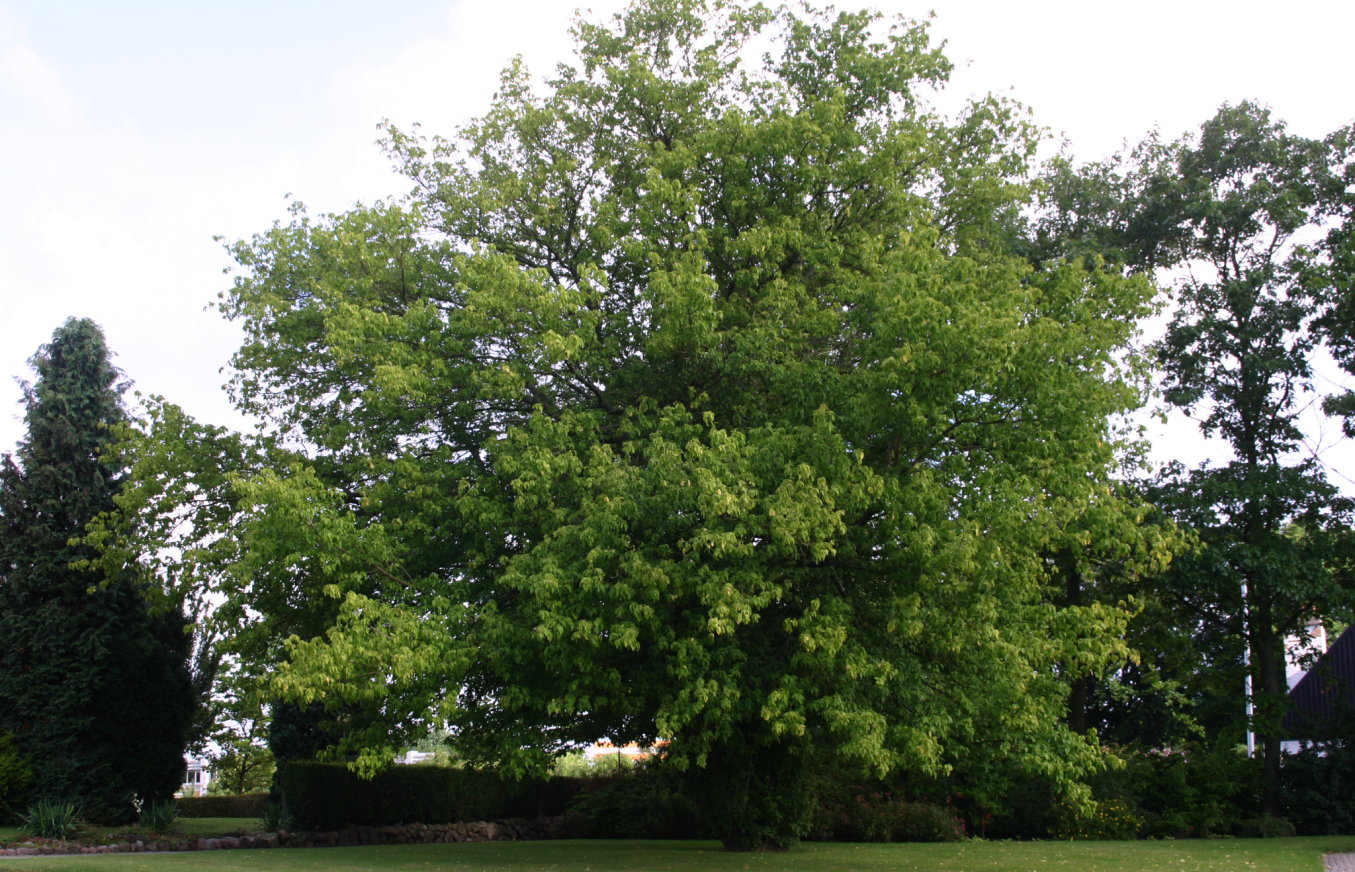
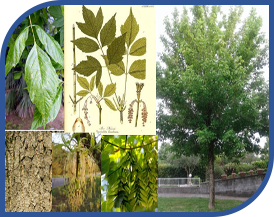
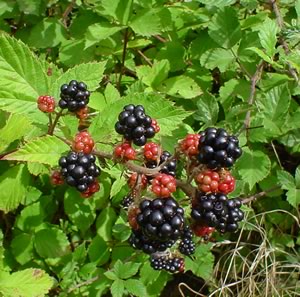
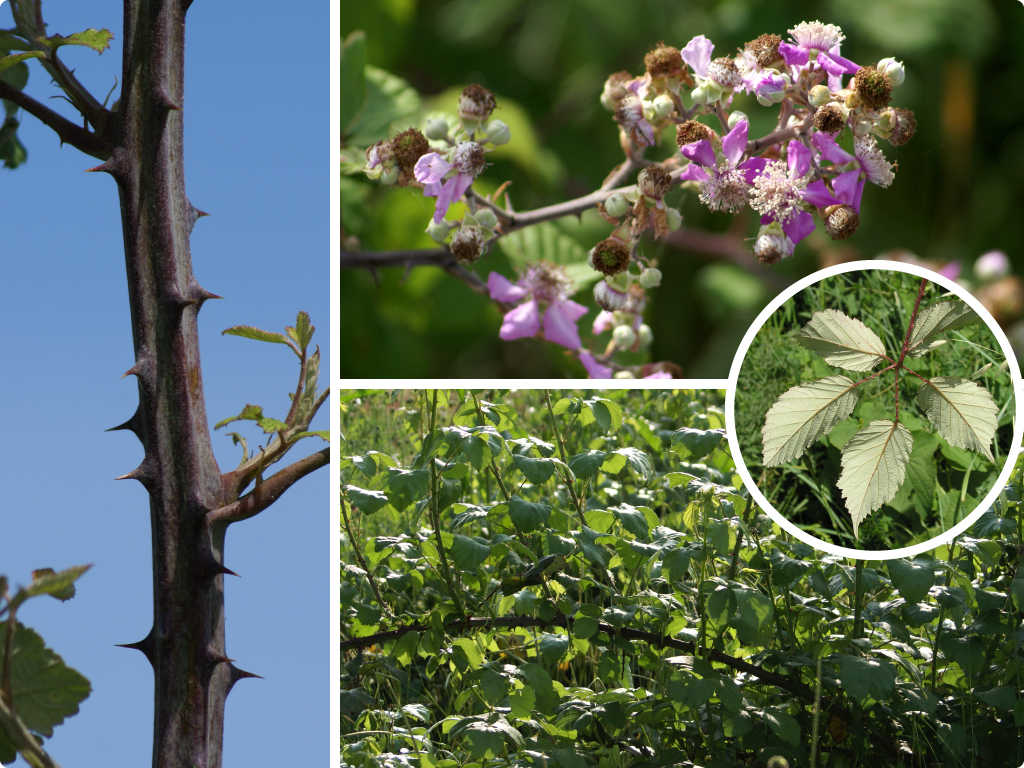
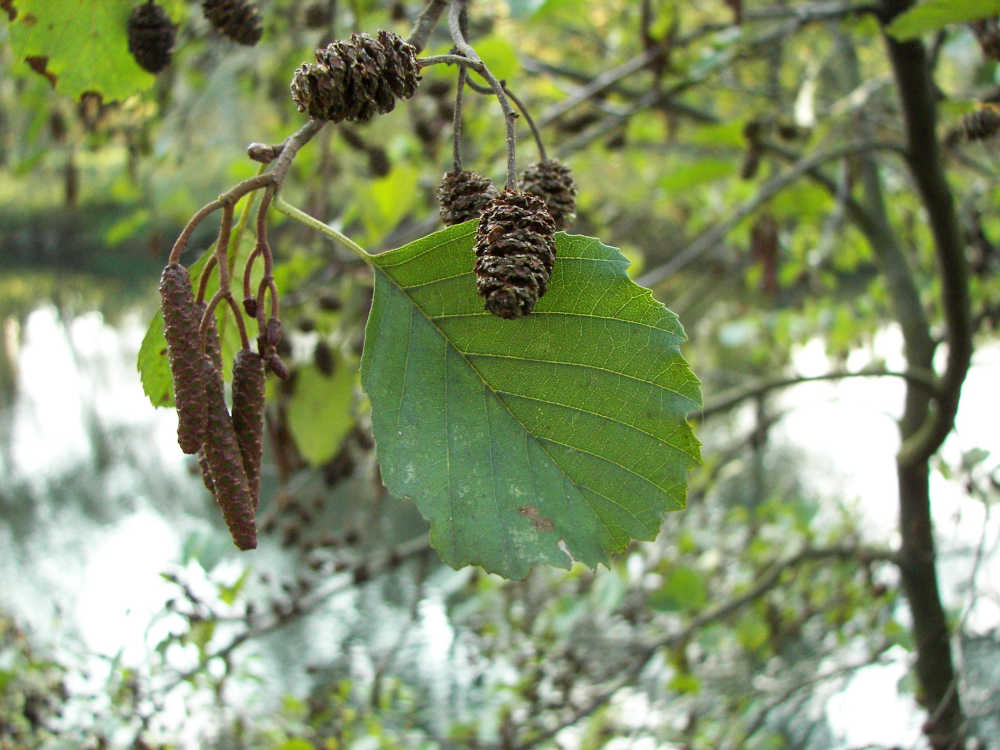
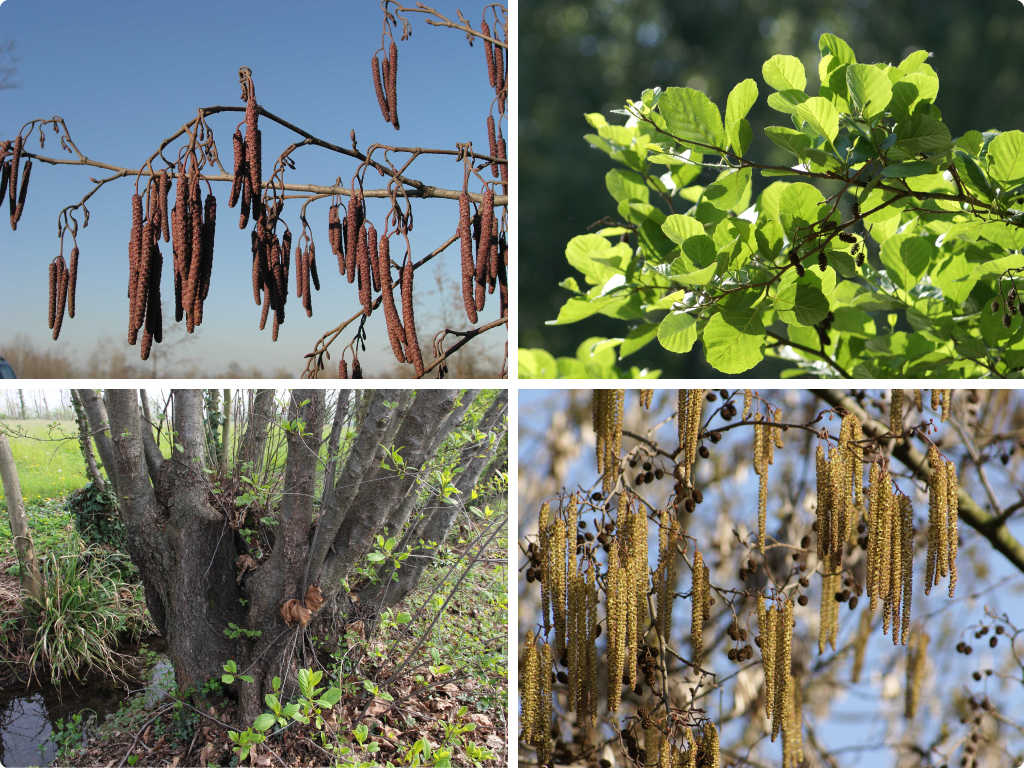
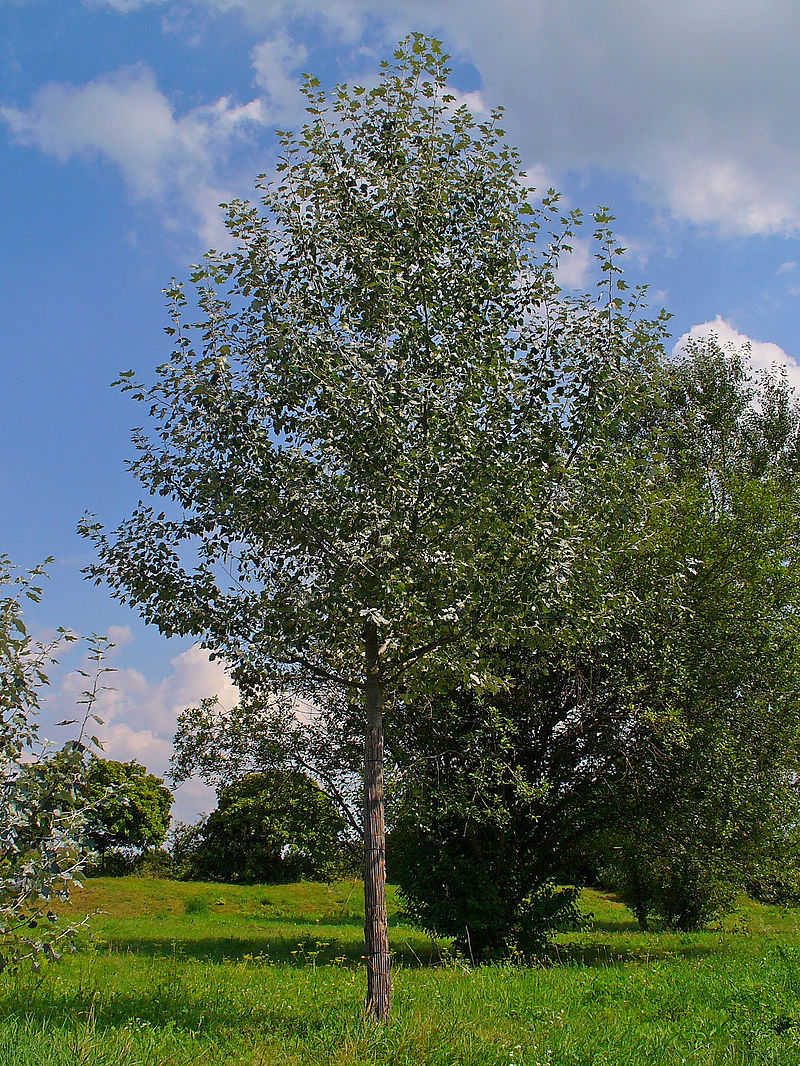
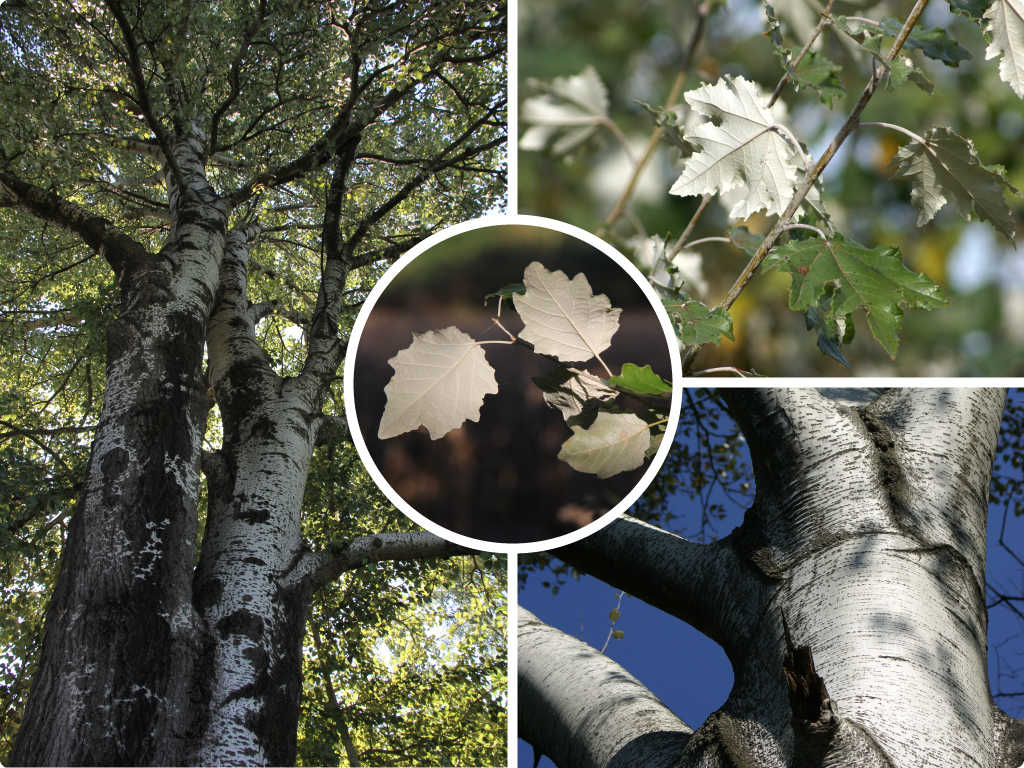
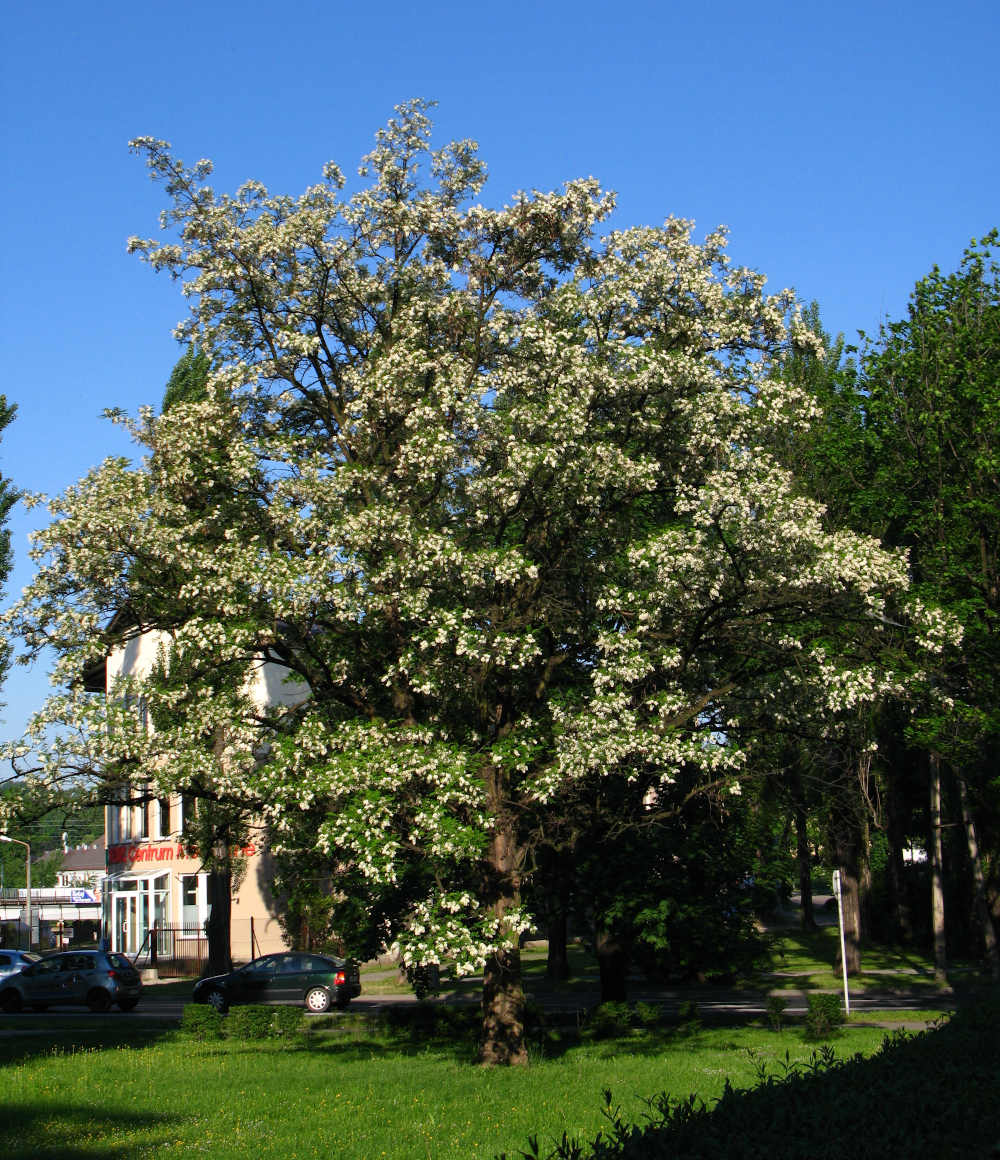
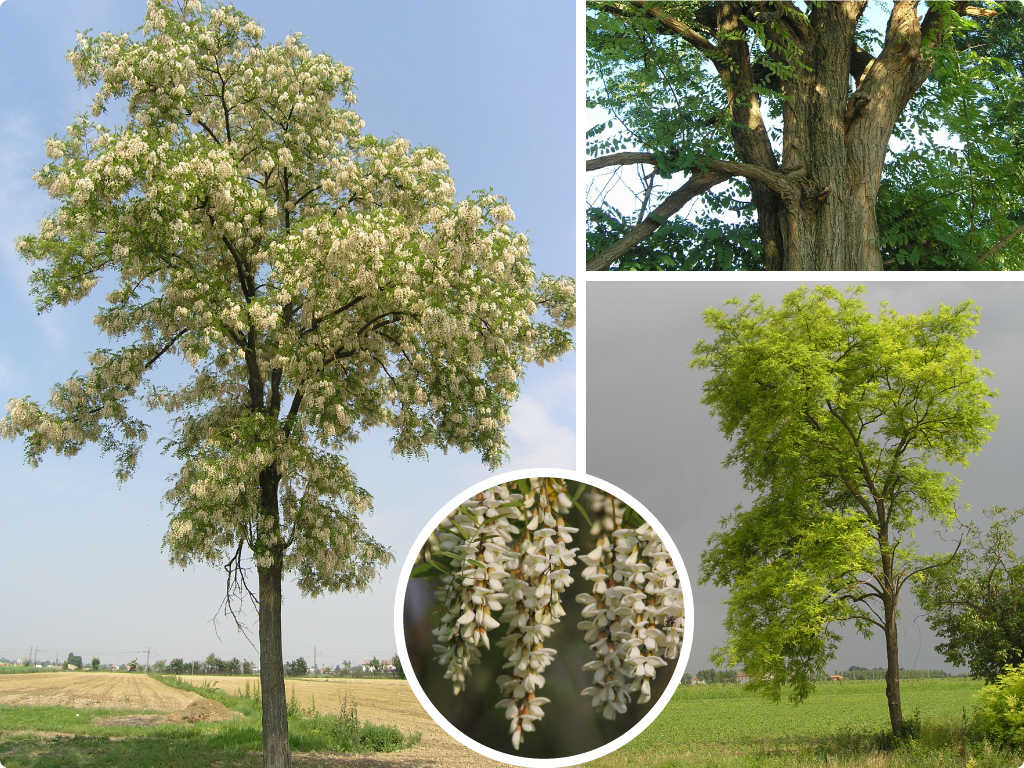
.jpg)
